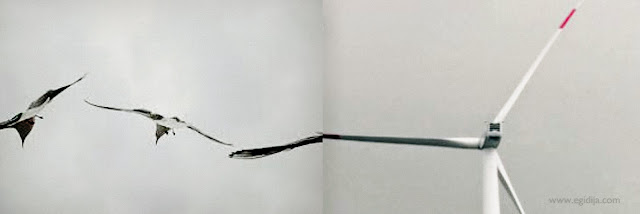↓↓↓
The images on this page are generated by "visually similar" Google image search for brass pull cord bayonet type lightbulb lamp holder traditional earthed. An algorithm pulled them out from the vast archive of Google images for me.
Somebody said that digital database defines the 21st century.
↓↓↓

A couple of weeks ago Books in Browsers 2014 took place in San Francisco. Most of their talks are now available on YouTube, including the one from Johanna Drucker Database Narratives in Book and Online. She gives a neat introduction into what she believes to count as a book*. She then admits homicidal feelings towards those who think otherwise, and continues with her fascinating talk on the structuring of a narrative as an online database and a consecutive print output.
At the core of Johanna Drucker’s talk is her personal project, where she attempts to reign in the archive of her unpublished works, the records of which span about 40 years of writing. In the process of this experiment she scans her unpublished works to create an online representation of the library and to explore it’s relationship to the potential printed book as well as the original manuscript. She works in xml format and her archive is heavy with metadata. Metadata fields, she says, allow to structure multiple kinds of chronological and temporal organisational filters: they allow to redistribute literal temporality built into most of the narratives.
Johanna Drucker talks about the relationship between the networked resource and a printed output. What would the role of the printed book be in relation to the database? Is it a catalogue of the archive? Is it a guidebook? Is it an interface providing an augmented experience of the web environment?
Those questions, of course, can be asked about any book published from a database. Wolfgang Ernst in his essay The Archive as Metaphor** observes that archive as such does not contain narratives: it is a purely technical practice of data storage.
The archive does not tell stories; only secondary narratives give meaningful coherence to its discontinuous elements. In its very discreteness the archive mirrors the operative level of the present, calculating rather than telling. In the archive, nothing and nobody ‘speaks’ to us – neither the dead not anything else. The archive is a storage agency in spatial architecture. Let us not confuse public discourse (which turns data into narratives) with the silence of discrete archival files.
When traditional paper archives migrate into digital forms, their contents get reduced to a binary code. As a result, computer stops separating stored file information and processing rules (as in traditional archives).
When both data and procedures are located in one and the same operative field, the classical documentary difference between data and meta-data (as in libraries, where books and signatures are considered as two different data sets) implodes.
Digitalised memory undoes the traditional supremacy of letters in paper-based archives; instead, sound and images enter as well which can be addressed in their own medium: melodies can be retrieved by similar melodies, images by images, patterns by patterns.
Metadata allows to break the syntagmatic relationship between the items in the traditional database, in favour of highlighting paradigmatic links. While a collection of data in its own right has no narrative, it is how we travel through the archive: how we connect its fragments and how we fill in the gaps, that gives linearity to the experience.
Is clever manipulation of metadata enough to function as a guide for the reader? Or would database benefit from a printed interface providing an augmented experience of the web environment?
↓↓↓
An expansive volume of writing and artwork is available on the subject of archives, database generated narratives, collaborative authorship, etc. Below I have chosen a couple of works and texts that I had found fascinating:
art:
articles/(almost)books:
Lev Manovich : Database as a Genre of New Media
Wolfgang Ernst : Digital Memory and the Archive
Wolfgang Ernst : The archive as metaphor **
Brooke Belisle : Total Archive: Picturing History from the Stereographic Library to the Digital Database
D|N|A: Seven Interactive Essays on Nonlinear Storytelling
* Book is a a structured sequence of intertextual components that have a structural relationship to each other, each of which is coded in order to participate in the semantic field of the book as a whole.
↓↓↓















